Benefits of Dual Zone HVAC Systems
Many homeowners can agree that keeping your home comfortable and at the right temperature can be challenging. Mostly because what is considered the "right" temperature can vary from each person in your household. Managing this elusive temperature and comfort goal is also challenged by the systems in your home. Depending on the structure of your home and the design of your heating and cooling systems you may experience wide ranges of temperatures from floor to floor in a multilevel home or room to room in a rancher. As a result, homeowners often get frustrated with the battle at the thermostat and the resulting energy bills. But there is hope. A dual zone hvac system provides the homeowner with greater control of the temperature throughout the entire home to create a more balanced energy use, more predictable energy bills and a hopefully a reasonable comfort compromise for the people in you live with.
What is a Zoned System?
A zoned hvac system is an enhanced way to control the heating and cooling of your home. Often referred to as zoning, this system utilizes multiple sensors, thermostats, and dampers to control the temperature in different "zones" of your home. The entire system is operated by a master control panel that manages the operation of each component. Each zone as a separate thermostat that sends readings to the control panel. Depending on the user settings and readings from the thermostats, the control panel sends signals to the dampers that control air flow to the room to regulate the temperature.
Dual Zone v. Dual Unit
A dual zone system should not be confused with a dual unit system. Unlike a zoned system, in a dual unit system you have two separate hvac units that operate a single zone in your home. In this set up, could have a unit and thermostat that controls both basement and first floor while a totally separate unit could control your second floor or a different wing. These systems operate independent of each other and are often operating at the same time. As a result, you most likely will not see the same energy efficiency and cost savings and you will have to keep up with the maintenance on both systems if you want to property heat and cool all parts of your home.
What's The Benefit of HVAC Zoning?
There are a few distinct benefits of installing a zoned system in your new construction home or upgrading your existing heating and cooling system. A new system will enhance the ability to control the comfort settings of your home, reduce your energy cost, reduce your carbon imprint, and the life of your hvac system.
Enhanced comfort control — In a zoned home the occupants of each space can control the temperature settings in their specific location. As a result, the person on the third floor does not have keep adjusting the thermostat to cool the second floor to a cool 68 degrees while freezing out the person in the finished basement.
Extended life of hvac systems — This one is a no-brainer. With the enhanced control offered by a zoned system the individual components are not used as much. Therefore, the components are not working as hard and are not used as much as they would be if the home was based on a single hvac unit. A system that does not have to work as hard that simply lasts longer and saves money on repairs and replacement costs in the future.
Reduced energy cost. — Heating and cooling costs make up a significant portion of your home's energy use. Installing a zoned system that reduces energy consumption and extends the life of your heating and cooling units will reduce the cost of running those systems.
Reduced carbon footprint — This additional control over the use of the hvac systems helps reduce the consumption of energy in the home. As a result, the optimized energy use helps to reduce the carbon imprint of the household.
Is My Home Ready for an Upgrade?
Should you upgrade to a zoned system? There are a few home features that make the upgrade an investment worth considering. If your home has an attic or finished basement, vaulted or cathedral ceilings, really large rooms, additional wings or additions, lots of large glass windows, or rooms that are rarely used, a zoned system may be the way to go. Additionally, you may have family members who have varying ideas of what a comfortable temperature is. Installing or converting to a dual zone hvac system can help alleviate family squabbles over thermostat settings and blankets.
How Much Does a Dual Zone HVAC System Cost?
The investment to upgrade or install a dual zone hvac system in your home will depend on a number of factors. These include technician you select for the job, the availability of parts and pricing in your region, the size of your home and the structure of your existing duct work. The price will also vary depending on if you are upgrading an existing system or designing your new construction home for zoned heating and cooling. With that said, you should expect an estimate between $2,500 — $5,000 to add zoned heating and cooling in your home.
Where Can I Get Help?
If you have more specific questions or have determined that a zoned HVAC system is for you, contact a certified professional to evaluate your current system. A professional can not only explain the benefits of a dual zone HVAC system guide you through other ways to keep your home energy efficient.
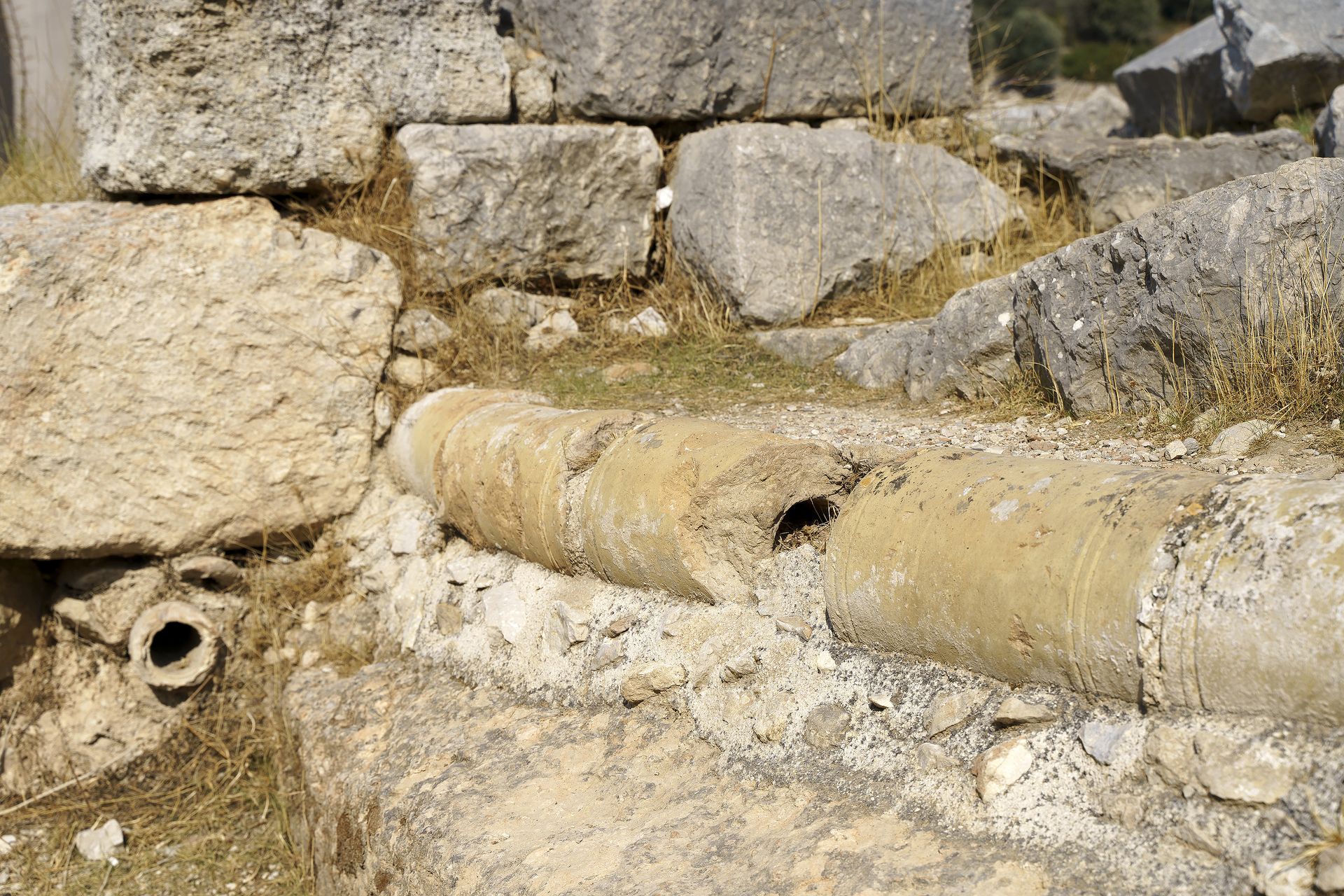
Servicing the Southeast
and Surrounding Areas
Share On:
Phone Number
All Rights Reserved | Privacy Policy
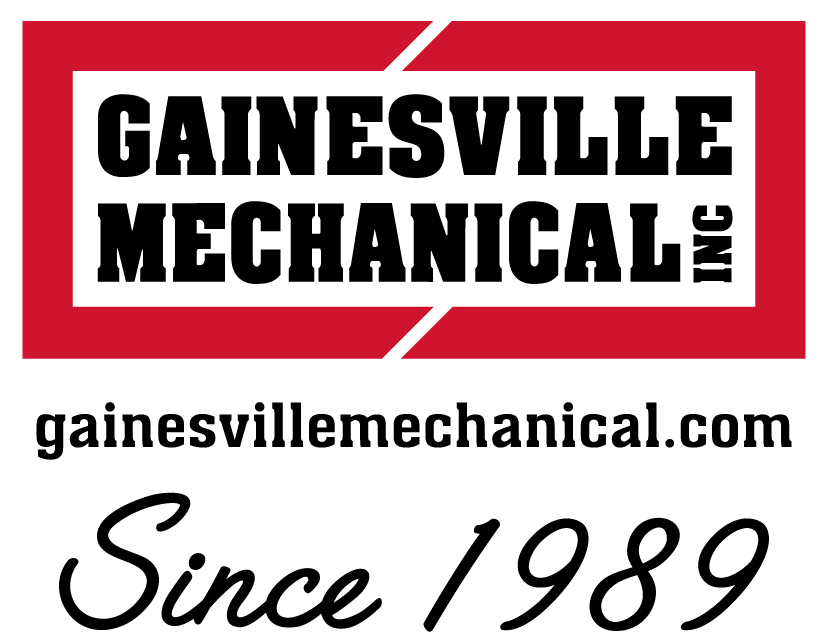
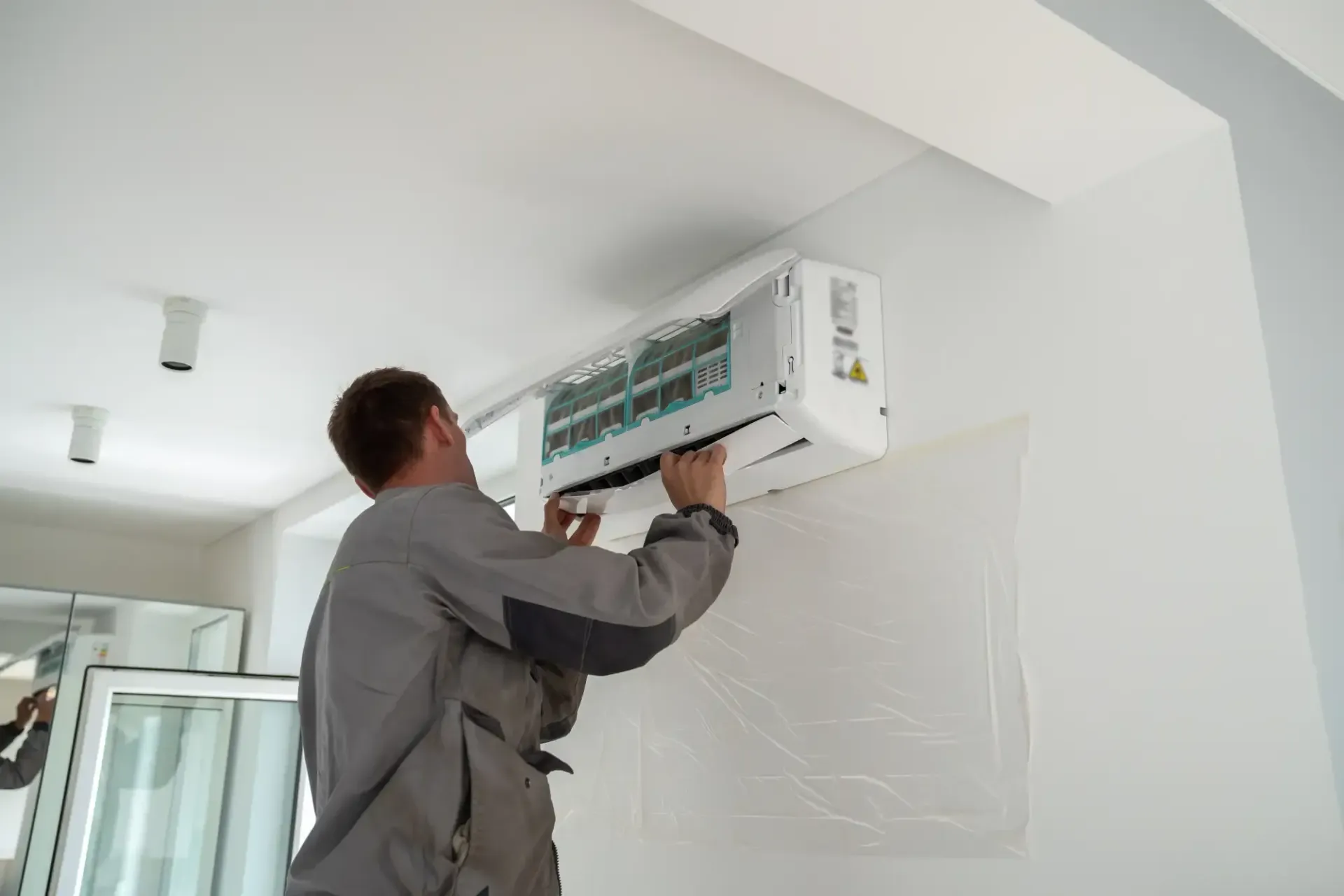
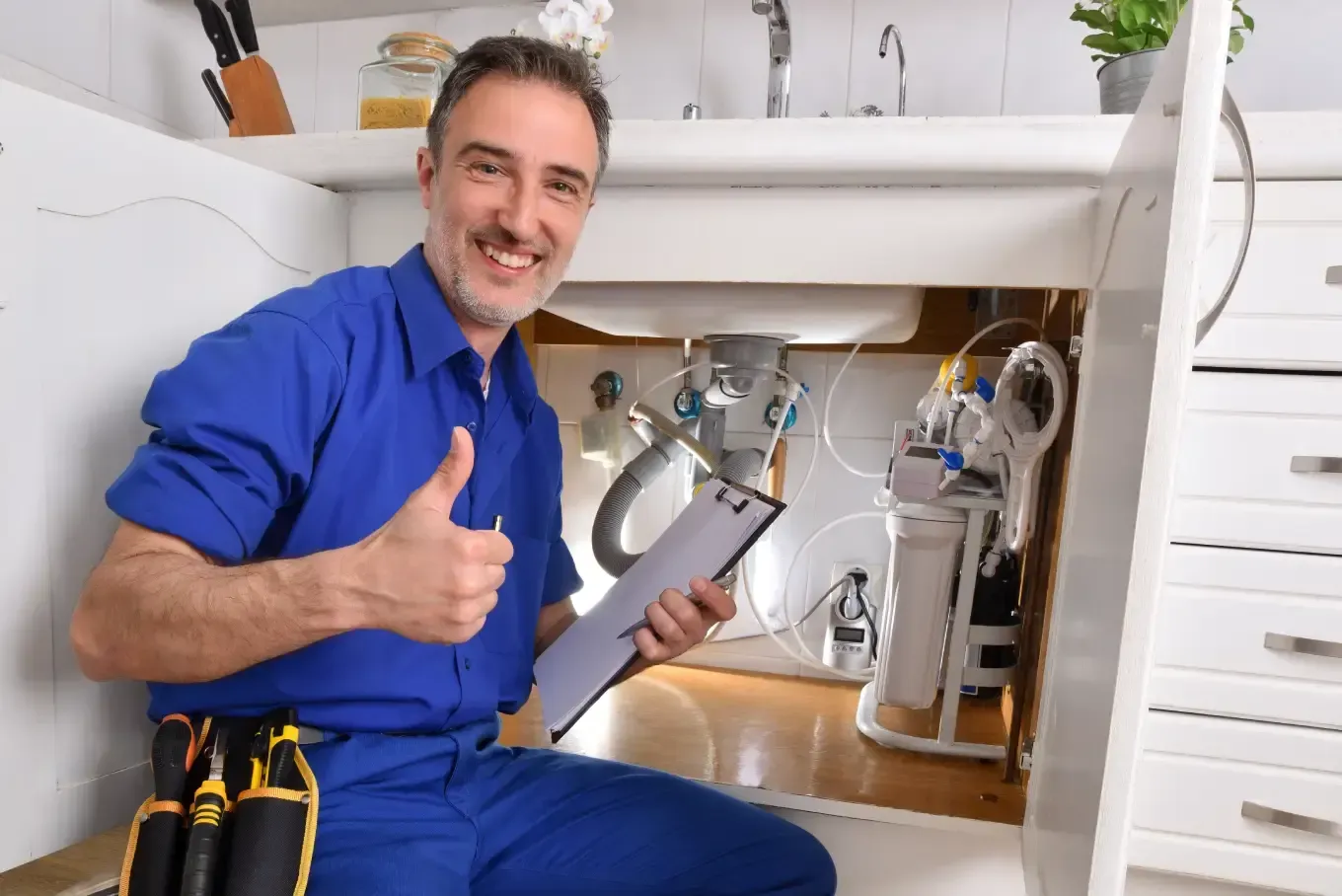

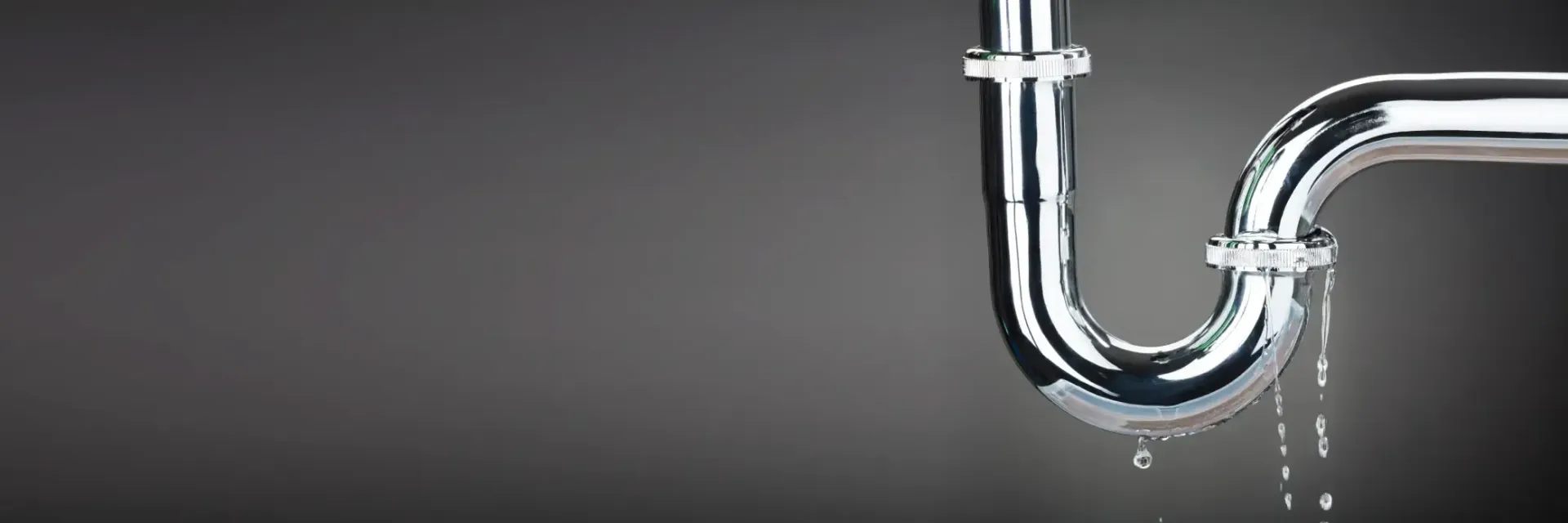

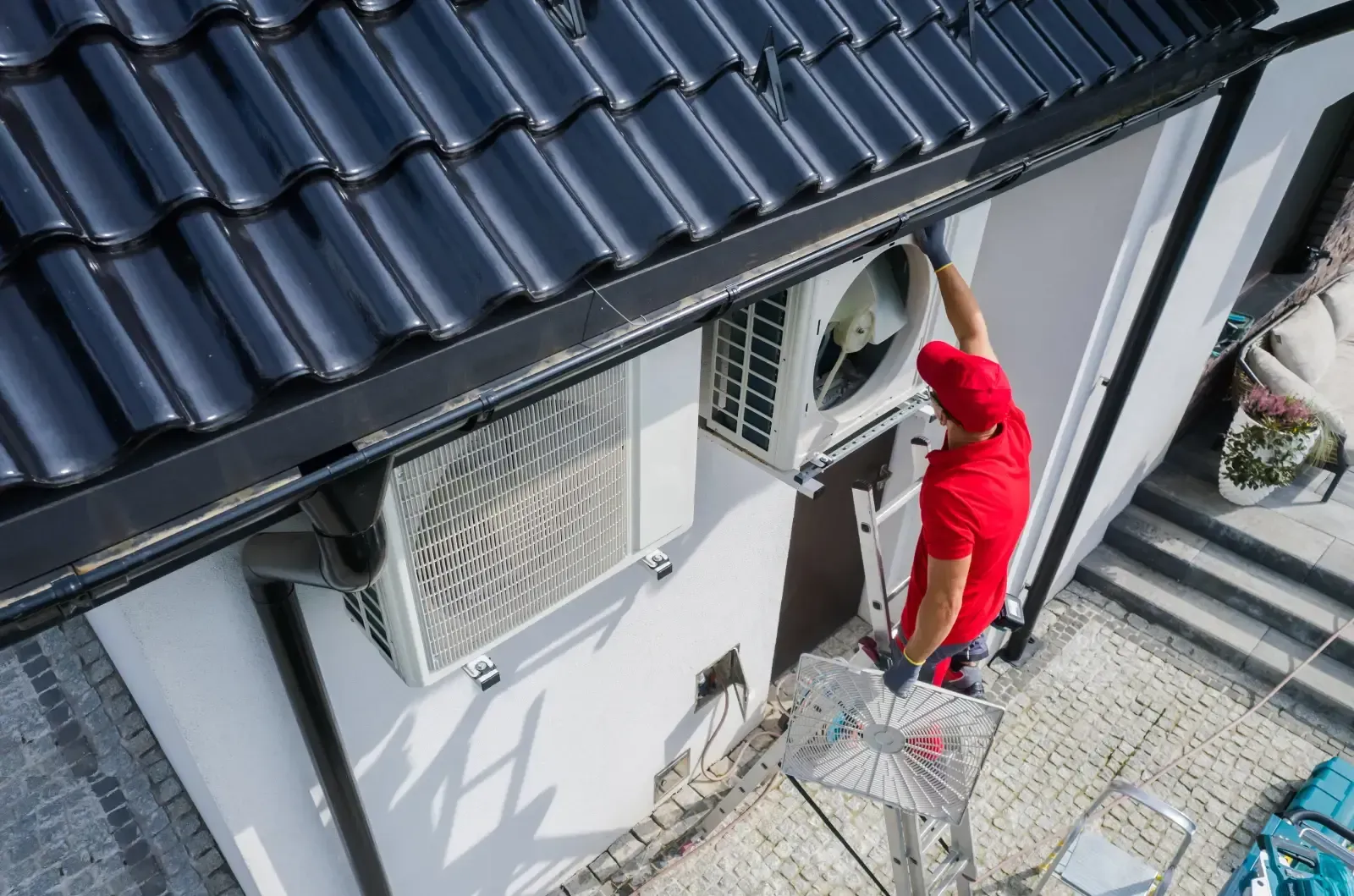
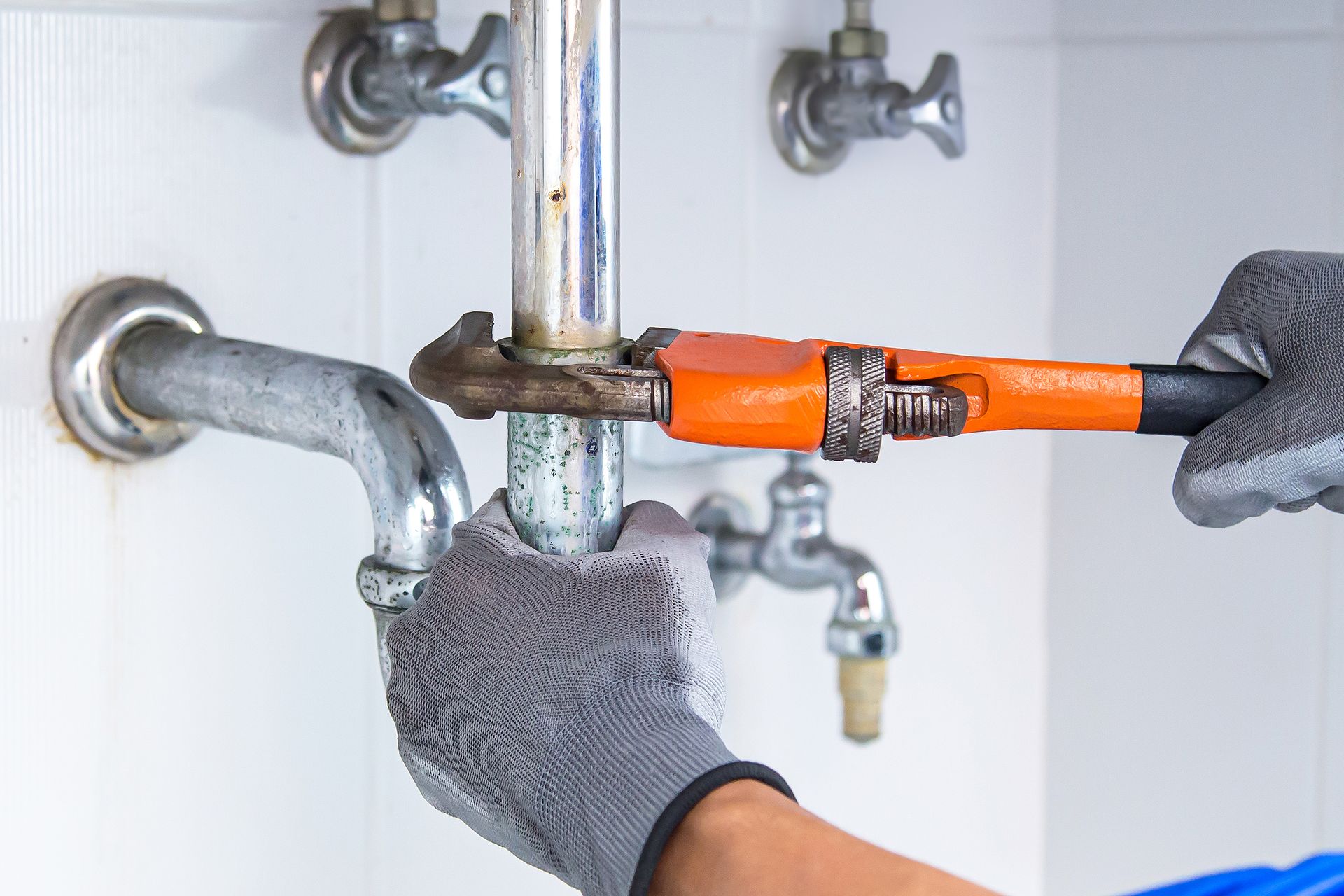
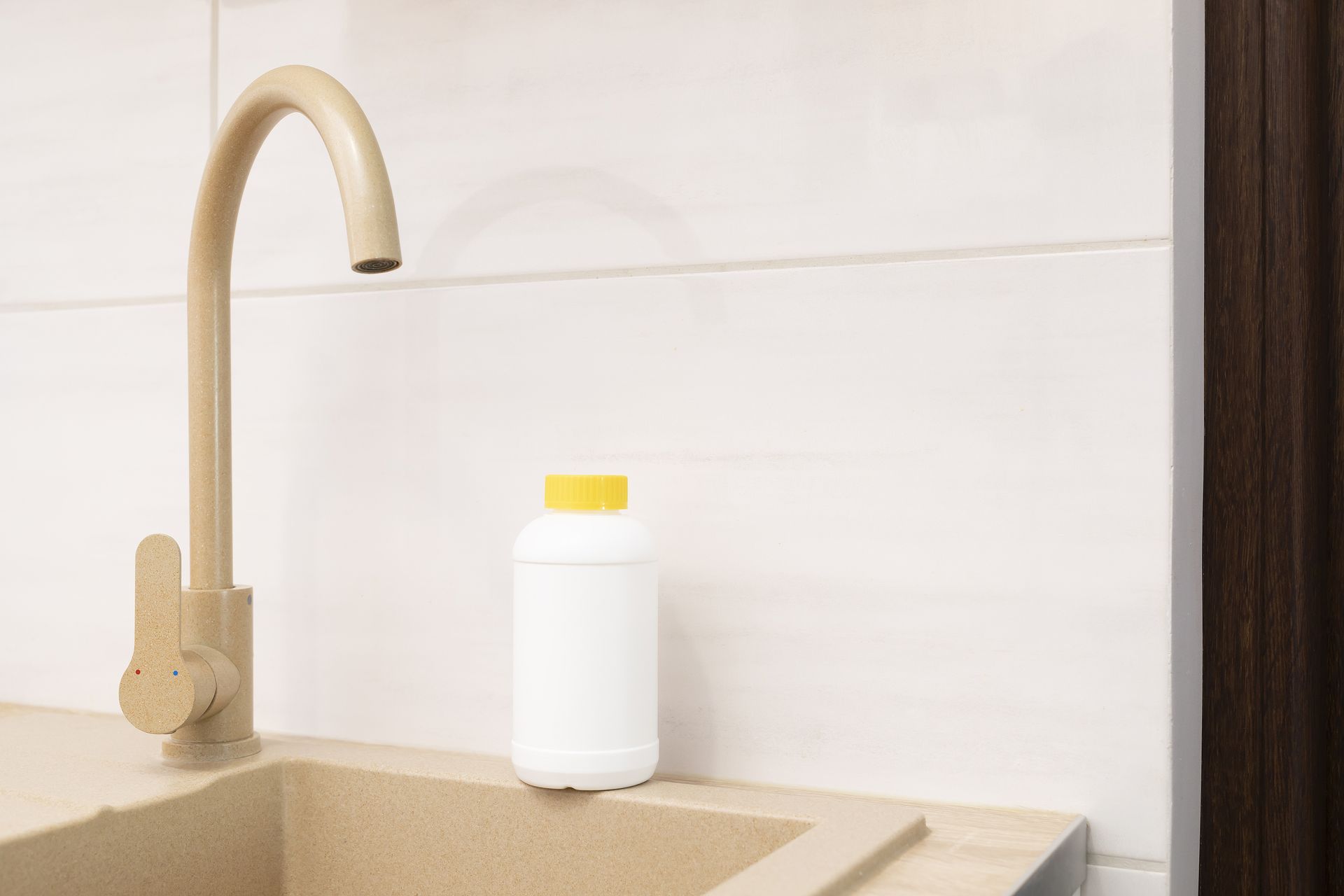
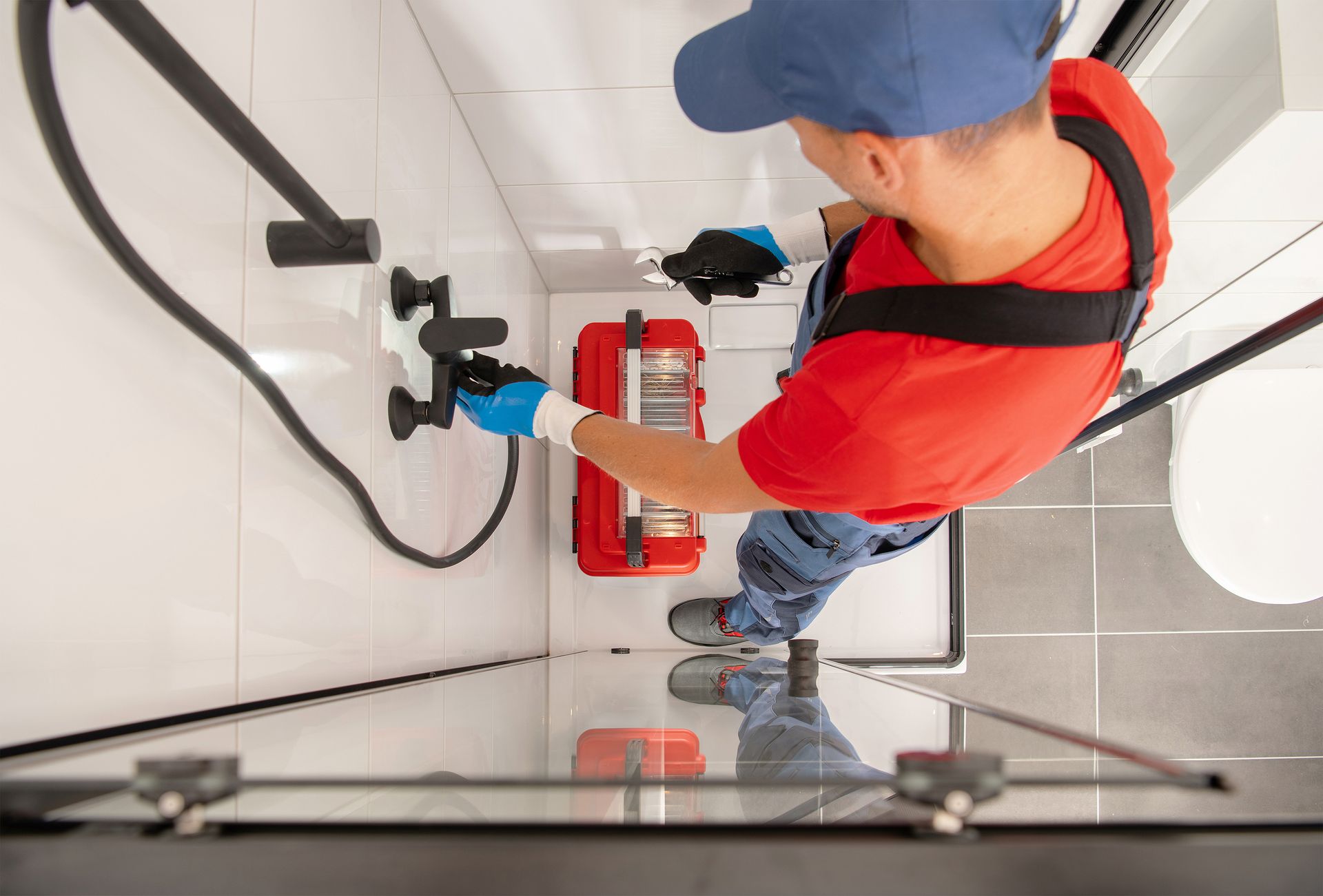
Share On: